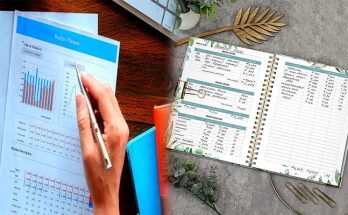Using a living expenses calculator can help you determine how much money you need to save in order to live comfortably. It can also help you determine how much money you need to invest to create your own retirement fund.
Transportation expenses
Using a Transportation Expenses Calculator is a good way to see how much your transportation costs are really affecting your budget. In some cases, you may not have to spend as much on transportation as you think. In other cases, you may be able to reduce your costs by purchasing a fuel efficient car.
Transportation is the second biggest cost item for most households. This includes the cost of gas, insurance, and maintenance for your car. The most important thing to know is that the IRS allows you to claim the cost of these expenses on your tax return.
A Transportation Expenses Calculator is a great way to figure out how much you can actually spend on transportation and which items are the most expensive. It also helps to identify if you are in an area that’s affordable or not. The best part is that you can personalize the calculator to your exact needs. You can also select what transportation costs you are likely to incur to help you achieve your budget goals.
Housing expenses
Using a housing expenses calculator is one way to find out just how much you can spend on your next home or apartment. It also helps you to make the right decisions when it comes to your wallet. This is particularly true if you are in the market for a new or improved home. For starters, you’ll need to decide if you are going to rent or buy. After all, you don’t want to be caught out of pocket when it comes to the lease or mortgage. Plus, you’ll want to take advantage of any tax breaks or incentives your lending institution can come up with.
However, your mortgage payments and utilities are only the tip of the iceberg. If you haven’t already done so, you should start taking stock of your monthly cash flow.
Whether you have a fixed or adjustable rate mortgage, you’ll want to know what you are up against before signing on the dotted line.
Life insurance proceeds
Using life insurance proceeds for living expenses depends on your situation. You will need to make a financial plan tailored to your specific needs and goals. Using an investment calculator can help you estimate your future income.
You should invest the life insurance proceeds according to your investment goals and risk tolerance. You should also consider long-term and short-term needs. If you have children, you may need to invest in a conservative portfolio to provide a secure income.
Life insurance is a great way to provide financial security for your family. There is no limit to the amount of money you can receive from a life insurance policy. You can choose to invest in a lump sum or in monthly installments.
You should not feel guilty about using life insurance proceeds for living expenses. Use the funds to pay for necessities and create a fully funded emergency fund.
You may want to invest the life insurance proceeds for living expenses with your surviving spouse’s retirement in mind. It is important to find out what your spouse’s financial situation is, as well as how much money he or she will need for retirement. You will also want to take into account the surviving spouse’s age, and investment goals.
Social security benefits for your spouse
Whether you are applying for Social Security benefits for your spouse or yourself, it is important to understand how the benefits work. These benefits are calculated based on your age, the age of your spouse, and your own work history. There are three different strategies that can be used to maximize your benefits.
The first strategy is to wait until your full retirement age to claim your benefits. The full retirement age is generally 66 or 67, depending on your birth year. This will give you the most amount of benefit you can receive. If you claim your benefits early, you may have to repay some of the benefit you received. However, your benefits will be larger than if you delay.
A second strategy is to claim your benefits early and then switch to spousal benefits later. This strategy is called a “split” strategy. Many couples use this strategy to claim benefits at different ages. However, you can’t claim both benefits.





